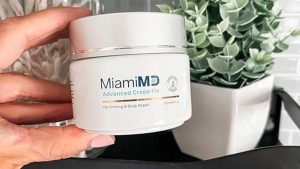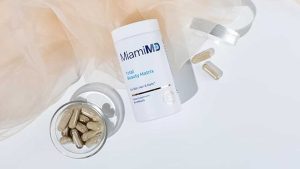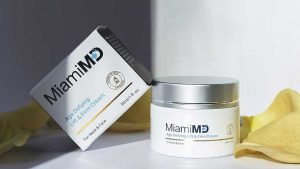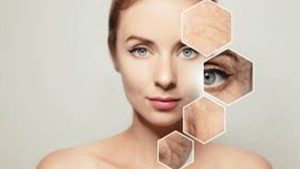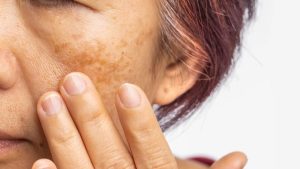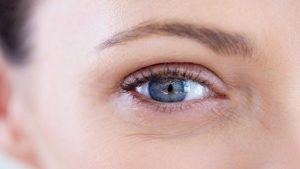How To Get Rid of Whiteheads
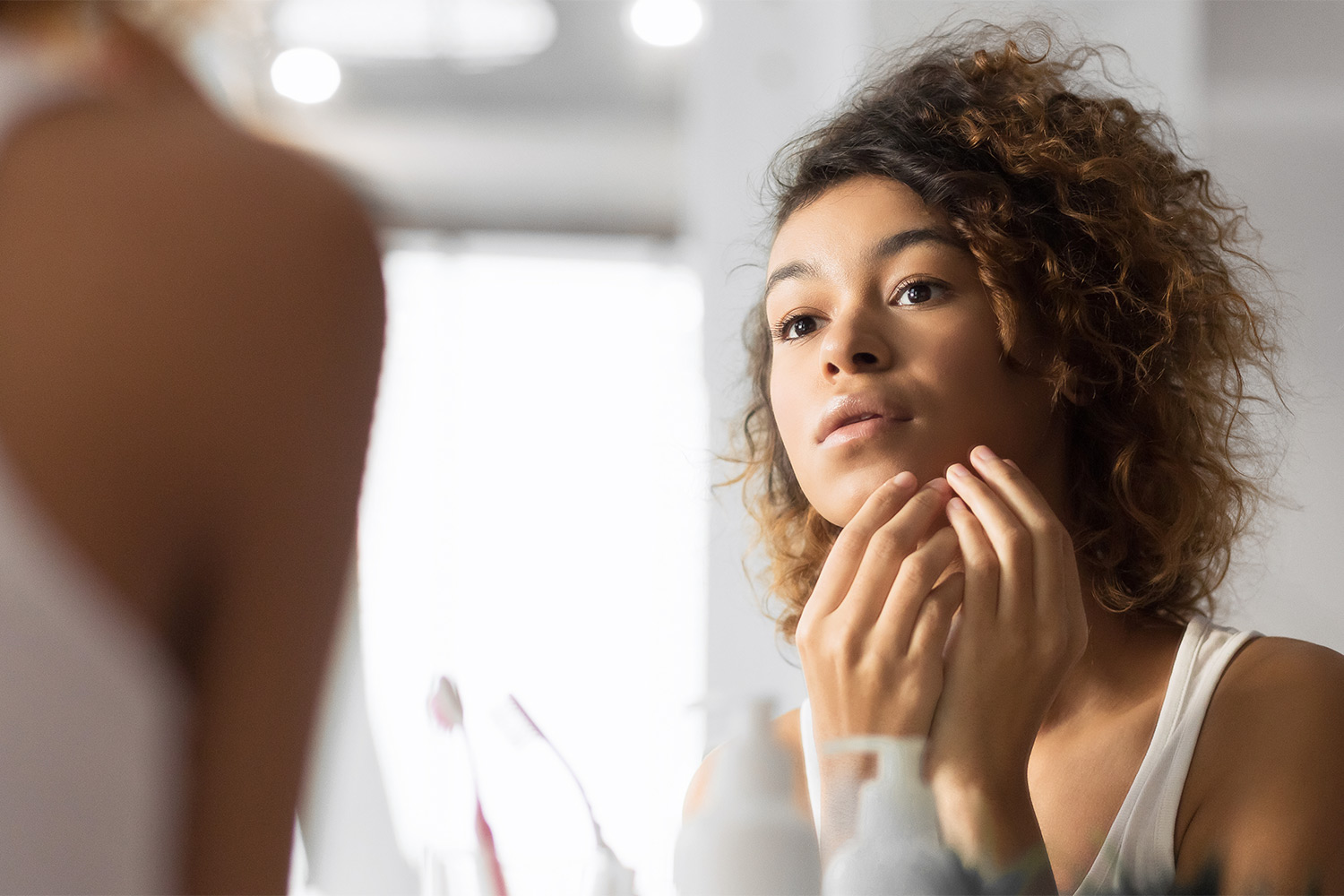
Even if you have the most beautiful skin in the world, you’ve likely experienced a blemish or two in your life. Breakouts tend to happen at the least opportune times, creating a focal point on your face in all the wrong ways. But is there anything you can do about them?
What can you do to prevent them from happening in the first place?
The experts at Miami MD say that while no skin is perfect, that doesn’t mean that you can’t find ways to keep your skin looking as healthy, clear, and beautiful as possible. If you’re looking for tips on how to get rid of whiteheads, you’ve in the right place.
We’ll teach you how whiteheads happen, how you can prevent them, and give you some easy ways to get rid of them if they do occur.
Breakout 101
Although people tend to lump all blemishes together as one big category, there are also distinctly different types. While we’ll focus on whiteheads, we want to briefly touch on the other types of blemishes that you may see so that you can more easily differentiate between them.
Whiteheads are in the same subcategory as another common type of blemish known as a blackhead. Both are known as noninflammatory comedones (clogged hair follicles), as they generally aren’t accompanied by much (if any) swelling.
The remainder of breakouts are often swollen, red, and uncomfortable. Papules (hard), pustules (filled with white pus), nodules (deep in the skin), and cysts (even deeper in the skin) fall into this category and tend to be the most severe.
What Are Whiteheads?
Whiteheads are blemishes that form when a pore becomes clogged with dead skin cells, bacteria, and sebum (the body’s natural oil). However, unlike blackheads that stay open to the air, whiteheads result from the pore closing up over all of that trapped material. It is this slight difference that is why whiteheads are also commonly referred to as closed comedones.
Also, although they are called whiteheads, they don’t always appear on the skin as a white bump. Sometimes whiteheads just look like a small, firm, yellow, or white bump that protrudes from the skin’s surface. Remember, the key to identifying a whitehead versus any other type of blemish is that it is not red and inflamed.
Whiteheads can occur anywhere on the skin but tend to develop in areas with a more considerable amount of sebaceous (oil-producing) glands, including the face, back, shoulders, and chest.
What Causes Whiteheads?
The physical cause of whiteheads is a clogged pore. However, what triggers clogged pores in the first place is the key to learning how to get rid of whiteheads.
When it comes to the development of whiteheads, the most likely factor involved is hormones. Specifically, the production of a hormone that is known as androgen seems to increase. The consequence of having a larger amount of androgen in the body is that it also increases sebum production in the skin. More sebum leads to more risk of clogged pores.
Other hormonal shifts can trigger breakouts, including your monthly cycle, menopause, and certain health conditions like polycystic ovarian syndrome (PCOS) or a lowered immune system. The likelihood that you’ll develop whiteheads may also be related to your genetic history and predisposition, although researchers have not yet found a conclusive link.
There is also a common misconception about what may cause whiteheads.
Greasy food is not a trigger of breakouts (unless you touch your face after eating it without washing your hands). So, while it is good to limit your consumption, you don’t have to feel as guilty about having french fries every once in a while.
How To Get Rid of Whiteheads
To learn how to get rid of whiteheads, we need to address their likely causes. There are multiple techniques you can employ, from home remedies to over-the-counter and even prescription medications. We recommend starting with the first approach and moving up according to how your skin reacts.
Approach #1: Don’t Touch Them
The approach to getting rid of whiteheads that takes the least amount of work is the hands-off approach. However, for a lot of people, this can also be one of the hardest.
If you think about it, what happens when you touch your face? No matter how clean your hands may be, touching your face transfers natural oils, bacteria, and whatever else may be on them. With the physical cause of whiteheads being clogged pores, anything you may be doing to increase the risk of that happening is vital.
In addition, touching an already irritated area is only going to make it more uncomfortable. Even though whiteheads are considered noninflammatory, any blemish has the potential to become infected.
Not touching your whiteheads also means that you shouldn’t pick, pop, or squeeze them. For those naturally inclined to do that, especially absentmindedly, that can be a tough habit to break. Remind yourself that picking at any blemish can lead to permanent scarring. While it may be difficult not to touch them, it’s not worth the risk.
Approach #2: Try a Home Remedy
If you have a hard time sitting around waiting for your whiteheads to heal on their own, you can try a home remedy. There are a lot of reported home remedies out there, though, so don’t just go with anything you find on the internet.
Certain remedies can irritate the skin more or lead to scarring, so do your research before attempting them.
An excellent example of “home remedies” for whiteheads that are likely to do more harm than good is apple cider vinegar. Even though ACV is great for many issues, it is far too acidic to use on the skin. This is especially true for people with more sensitive skin.
More promising home remedies to help get rid of whiteheads include vitamin A (also known as retinol), tea tree oil, witch hazel, and aloe vera.
Approach #3: Over-The-Counter Medications
If home remedies are not enough and you want to branch out into over-the-counter medications, there are plenty of options for you to consider. Most of these are skincare products designed to manage blemishes as a whole so that they can be pretty potent.
Always patch test new products, verify that they fit into your current routine and that they don’t interact with any of your other products.
Any time you start using a new skincare medication, you’ll need to remember to be patient. It may take weeks to months for the results to become apparent, so using consistency and having patience is essential.
Benzoyl peroxide, salicylic acid, and retinoids are some of the more effective options. These active ingredients can also benefit other common skincare concerns like dark spots, fine lines, and wrinkles.
Approach #4: Prescription Medications
The final way to get rid of whiteheads is to see a dermatologist for prescription medication. This step is often the last option when all other approaches have failed, as it can be expensive.
However, if you’ve tried everything that your whiteheads don’t seem to be going anywhere, you may want to schedule an appointment. After consultation, your dermatologist will suggest possible medications to help reduce your risk of developing whiteheads (and other blemishes).
These medications may be designed for spot treatment when you have a breakout or used daily to help with prevention. Regardless of what you choose, make sure to follow the directions given.
Popping a Whitehead Safely
Although we strongly recommend a hands-off approach, a whitehead may grow large and be ready to be extracted in some cases. In these situations, we want you to know the safest way to “pop” your whiteheads safely.
You’ll need a clogged pore extractor, a small metal tool with loops at the ends. Before extracting your whitehead, soak it in over-the-counter isopropyl alcohol while you wash your hands thoroughly. Both of these steps are essential for reducing the risk of infection.
Hold a warm washcloth over the area for a few minutes to help open up the pore to improve your odds of successful extraction. Then, using the smaller loop, center the whitehead in its middle and gently push it into the skin. If it doesn’t pop with gentle pressure, don’t press harder, as it’s likely not ready for extraction yet.
Skin Care Tips To Prevent Whiteheads
Why learn how to get rid of whiteheads if you can learn how to prevent them in the first place?
Instead of playing catch up and trying to minimize them once they’re already established, using these skincare prevention tips can help you stop them from even showing up (or at least reduce the risk. Ultimately, it comes down to knowing your skin and its triggers, which may be different for everyone.
Know How and When To Wash Your Face
With clogged pores being the primary trigger for whiteheads, correctly washing your face is critical.
First, although skin care experts recommend that everyone wash their face twice a day, this is especially crucial for people dealing with frequent whitehead breakouts. You don’t want to allow your skin to have more material to become clogged with, and cleansing your skin twice daily helps remove this extra debris.
However, when choosing a cleanser, ensure that you go with the most gentle option available to keep your skin healthy and less vulnerable. In addition to washing your face morning and evening, you’ll also want to cleanse it after you’ve worked out or done any strenuous, sweat-inducing activity.
Sweat, and the build-up it leaves behind, are notorious for triggering breakouts. While you don’t have to use a cleanser every time, even rinsing with lukewarm water can be beneficial.
Another tip for reducing the frequency and intensity of your whitehead breakouts is to pat your skin dry once you’re done cleansing. Rubbing your skin can not only irritate it but leave it vulnerable to irritation and even potentially lead to collagen breakdown.
Use Exfoliation Properly
An exfoliator is a beneficial tool in the fight against breakouts. However, if you don’t know how to use it in a way that supports the health of your skin, you could end up doing more harm than good.
If you’re struggling with whiteheads, it’s best to use an exfoliant two to three times a week. This amount of time helps you remove any dead skin cells that may clog your pores while not irritating your skin or destroying your moisture barrier.
Just like with your facial cleanser, try to stick with exfoliants that aren’t too harsh on your skin. If you have sensitive skin, you may want to start with just once a week exfoliation and increase the frequency from there based on your skin’s reaction.
Wash Your Pillowcases
We spend hours at a time in bed every day, most of that time with our faces pressed up against a pillowcase. During our sleep, our body naturally sloughs off dead skin cells that have accumulated during the day. In most cases, those skin cells end up on our pillowcases and sheets.
If you’re not sure when the last time you changed your pillowcase was, or if it’s been more than a few days, take a minute to change the sheets. You may also want to invest in a silk or satin antibacterial pillowcase, which can not only reduce your likelihood of blemishes but also help with the appearance of fine lines and wrinkles.
Check Out Your Makeup
Our final tip for how to prevent whiteheads is to take a look at your makeup. Makeup, while fun to put on, can also lead to clogged pores in certain situations. However, unlike with our skincare products, we’re far less likely to look at the ingredient list when purchasing a new foundation or setting powder.
If you experience frequent breakouts, go check out your makeup’s ingredient list. You want to look for “oil-free” and “non-comedogenic” ingredients, meaning that they are less likely to clog your pores. Also, even with supportive makeup products, make sure to throw them out in an appropriate time frame.
Cream-based makeup should only be used for a few months, but powders can often last up to a year. If you use them longer than that, you risk the potential for bacteria, which will then be applied directly to your face.
The same goes for your application tools, like sponges and brushes. Wash them after every use, replace them frequently, and avoid storing them in makeup jars that harbor bacteria.
In Conclusion
Whiteheads are an extremely common skin issue, but they don’t have to impact your ability to enjoy your life and love your appearance. When you know how to get rid of whiteheads properly, you can take care of any that pop up and get right back to living your life.
You can also use the prevention tips we’ve provided to help minimize the likelihood of blemishes appearing in the first place. Skincare is self-care, and we’re here to help remind you that you are beautiful and worth it.
Sources:
